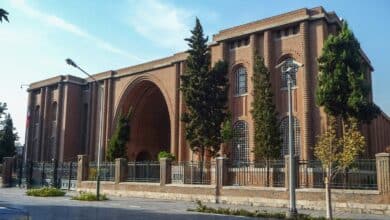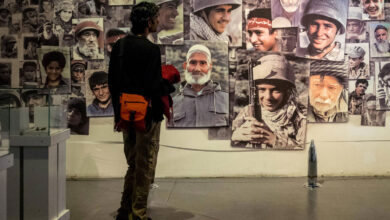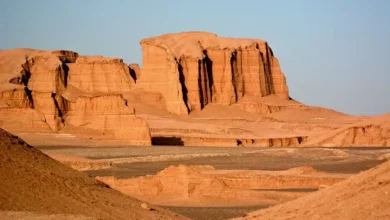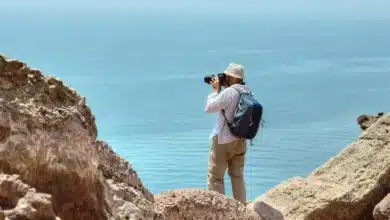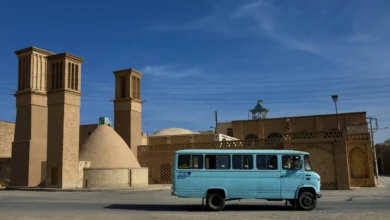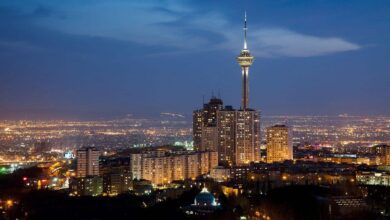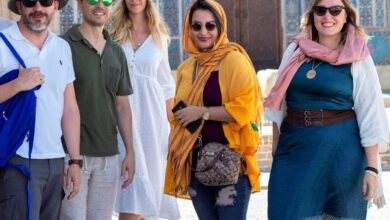Bazaar of Kermanshah: Shop Through History
Shop through history in the vibrant Kermanshah Bazaar
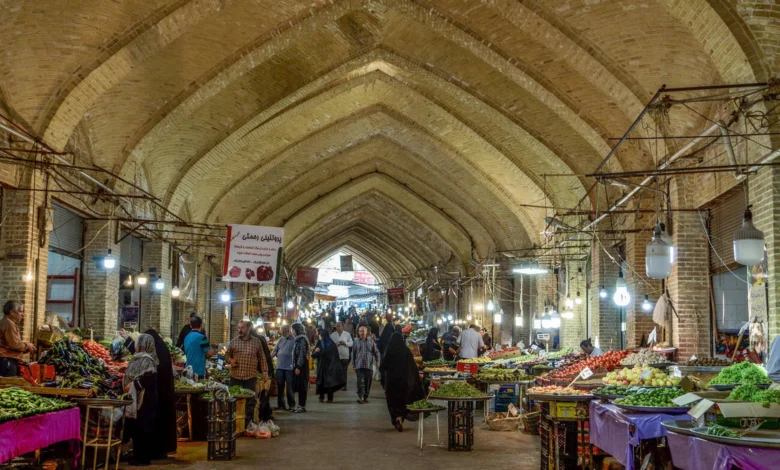
Kermanshah, a city in western Iran rich with history and tradition, is home to one of the country’s most captivating marketplaces: the Bazaar of Kermanshah. As one of Iran’s oldest and most culturally significant bazaars, it’s not just a shopping destination—it’s a journey into the heart of Kurdish-Persian heritage. The bazaar’s architectural beauty, social atmosphere, and historic depth make it a must-see on any Iran travel itinerary.
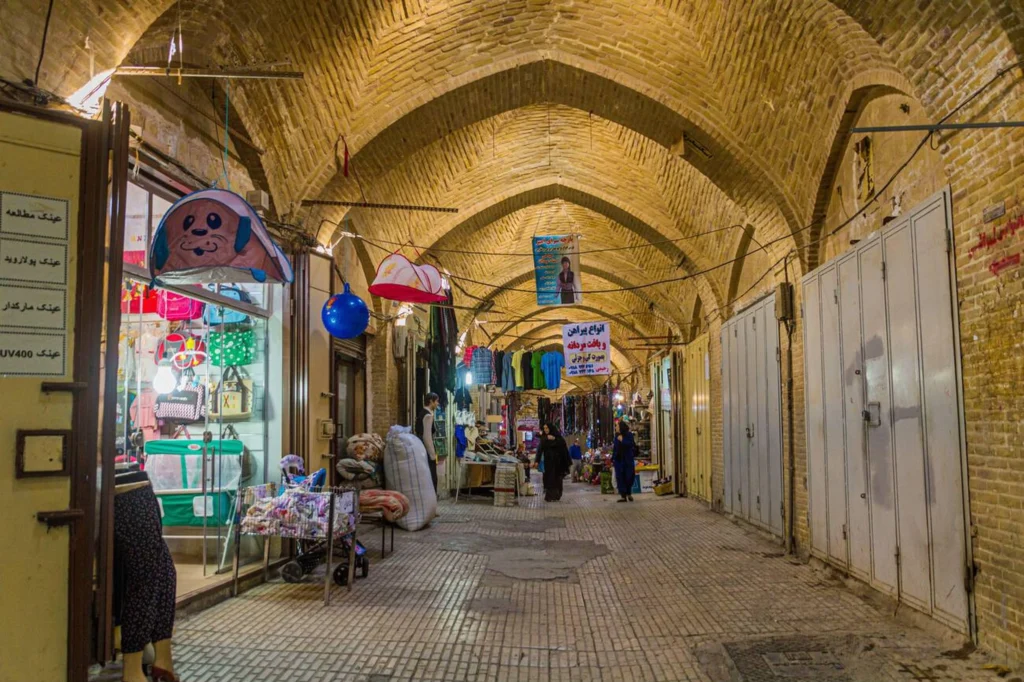
Contents
A Glimpse into History
The Bazaar of Kermanshah dates back to the Zand dynasty, with key expansions added during the Qajar era. Originally a unified market, it was later divided into eastern and western sections after the construction of Modarres Street (formerly Sepah Street). This architectural evolution reflects the changing urban fabric of Kermanshah while preserving the marketplace’s cultural identity.
Recognized as a national heritage site in 1997, the Bazaar of Kermanshah continues to attract both domestic visitors and international tourists. Its maze of alleys, traditional workshops, and artisan stalls reveals centuries of economic and cultural exchange in the region.
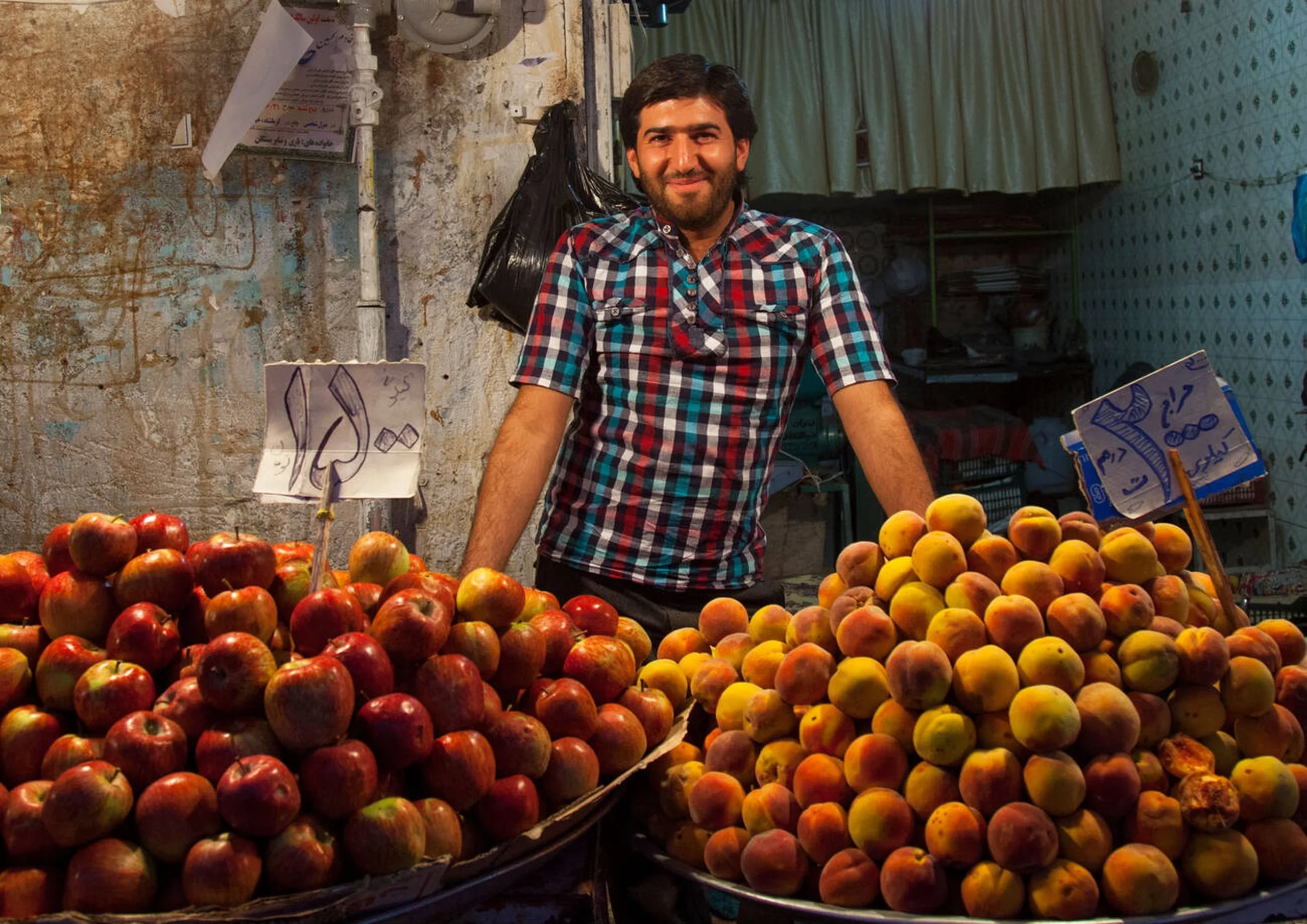
What to See and Buy
Walking through the Bazaar of Kermanshah is like stepping into a living museum. You’ll encounter 18 distinct trade lanes (known as rāsteh)—each named after a specific craft or community. Some of the most notable include:
- Rāsteh-ye Mesgarha (Coppersmiths’ Alley)
- Rāsteh-ye Bazzazha (Drapers’ Alley)
- Rāsteh-ye Zargarha (Goldsmiths’ Lane)
- Rāsteh-ye Koloocheh-Pazha (Pastry Bakers)
Look out for handwoven kilims and carpets, Kermanshahi wool hats, local sweets like nan-e berenji, and copperware engraved by local artisans. Each piece tells a story, often reflecting the traditions and beliefs of Kurdish tribes and local families.

Architectural Highlights
Beyond the vibrant stalls, the Bazaar of Kermanshah’s structural elements are equally captivating. Winding alleys, traditional dalans (covered walkways), and beautifully tiled caravanserais reflect Persian-Islamic design. Key sections include:
Caravanserais and Sarās
Several historic caravanserais remain active parts of the market, such as:
- Saray-e Valioddoleh: A standout with four courtyards and traditional arcades
- Saray-e Kashani and Saray-e Hakimoddoleh: Known for their Qajar-era brickwork
- Saray-e Esfahanis, Saray-e Rangarzhā, and Saray-e Noor: Each with unique decorative details
These structures were once hubs for merchants and travelers, and now serve as elegant homes to local shops and artisan studios.
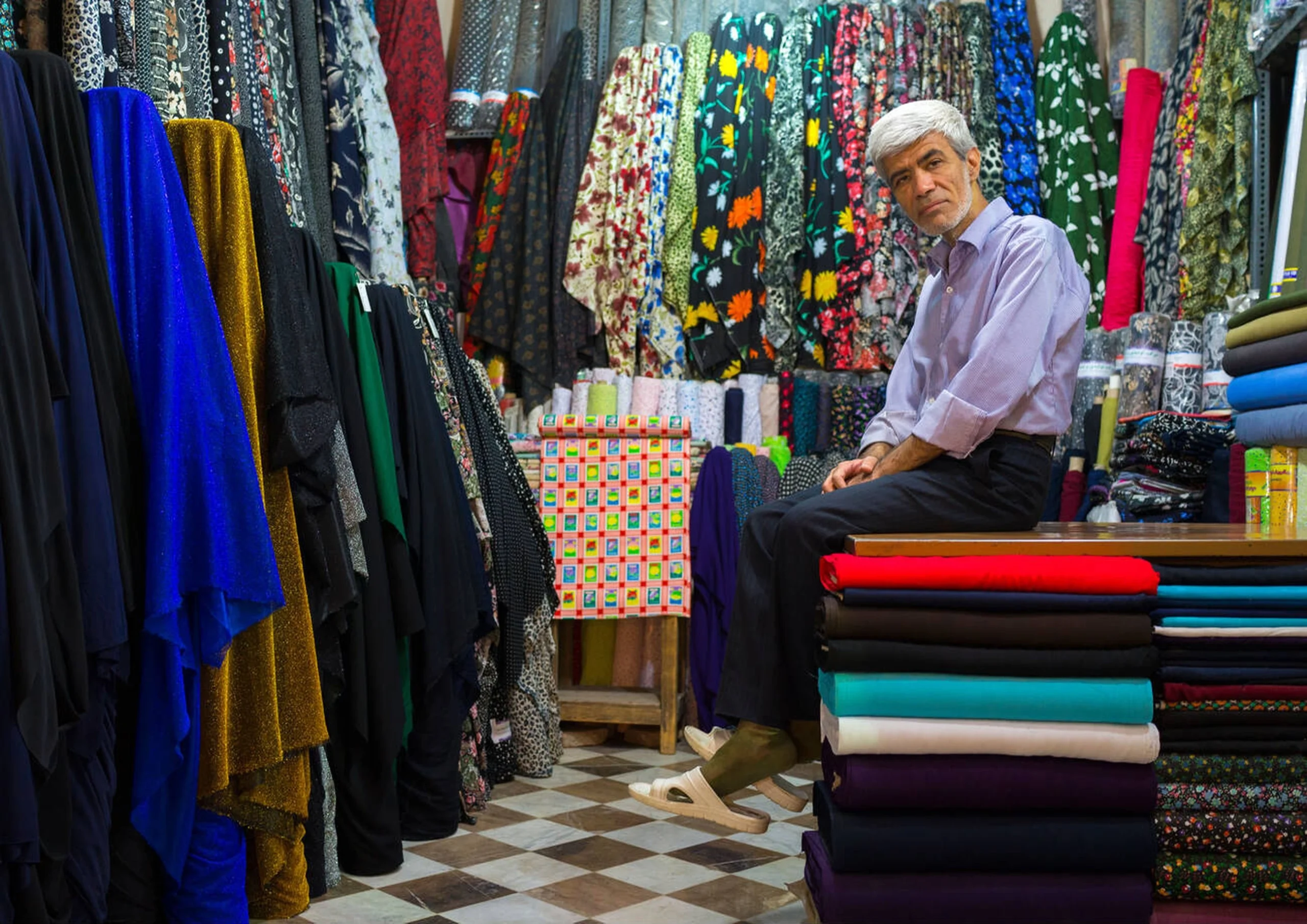
Qeysariyeh and Timcheh
Don’t miss the Qeysariyeh of Emadoddoleh, home to fine fabrics, embroidery, and jewelry. Another must-visit is Timcheh-ye Seyyed Esma’il, where luxury carpets and high-end items are sold under domed ceilings and ornate arches.
Chaharsoogh (Four Markets)
At the intersection of several rāstehs in the Bazaar of Kermanshah lies the Chaharsoogh, a domed market node connecting coppersmiths, bookbinders, goldsmiths, and saddlers. The detailed tilework and symmetrical layout offer a perfect example of Iranian architectural harmony.
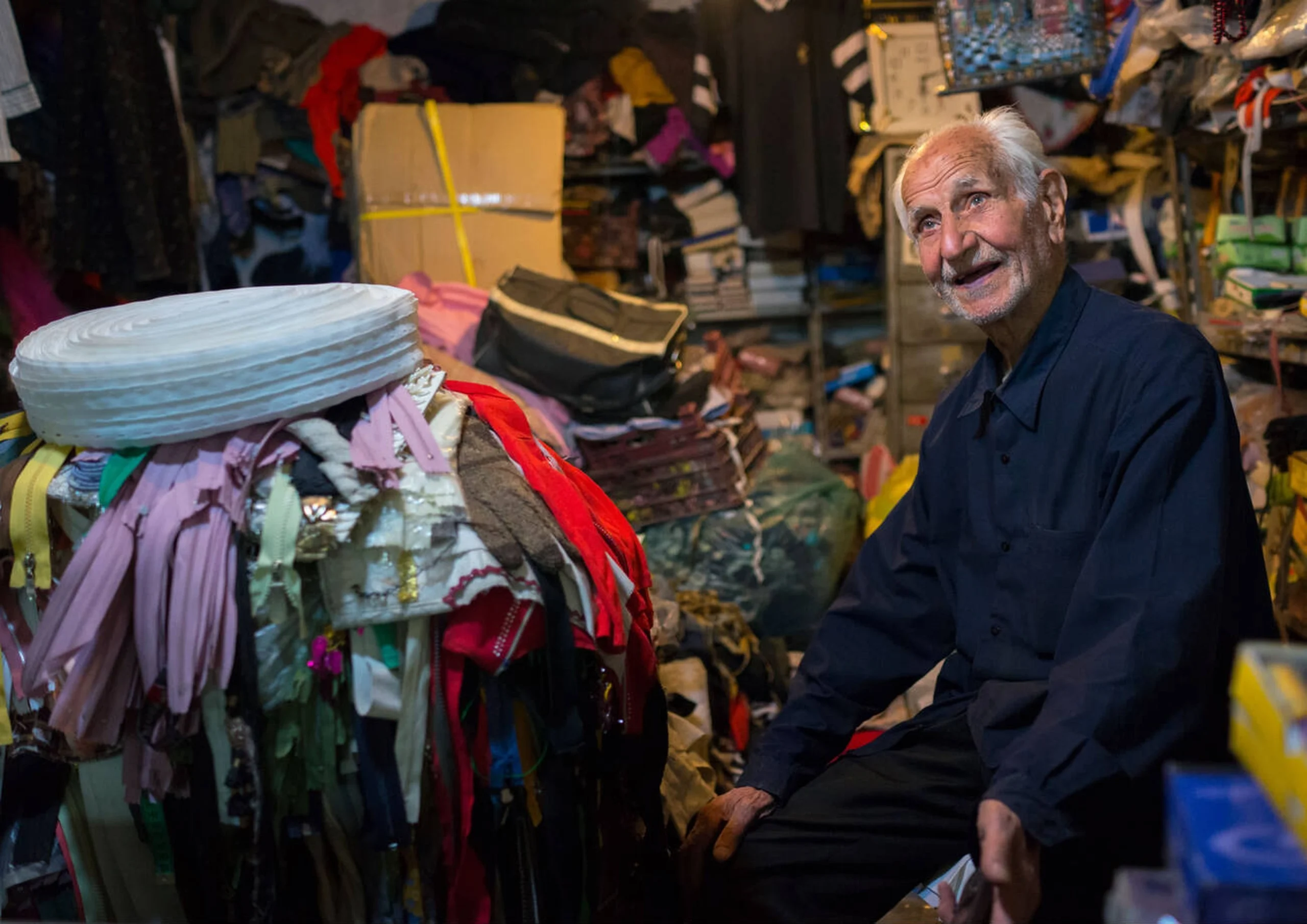
Local Atmosphere and Social Life
What truly sets the Bazaar of Kermanshah apart is its dynamic social environment. Here, you won’t just observe tradition—you’ll interact with it. Merchants invite you in with warm greetings and a glass of tea. Elders trade stories from decades past. The air buzzes with laughter, bargaining, and the rhythmic sounds of artisans at work.
The bazaar is also a great place to meet local Kurdish families and see their traditional attire, especially in the textile and tailoring sections.
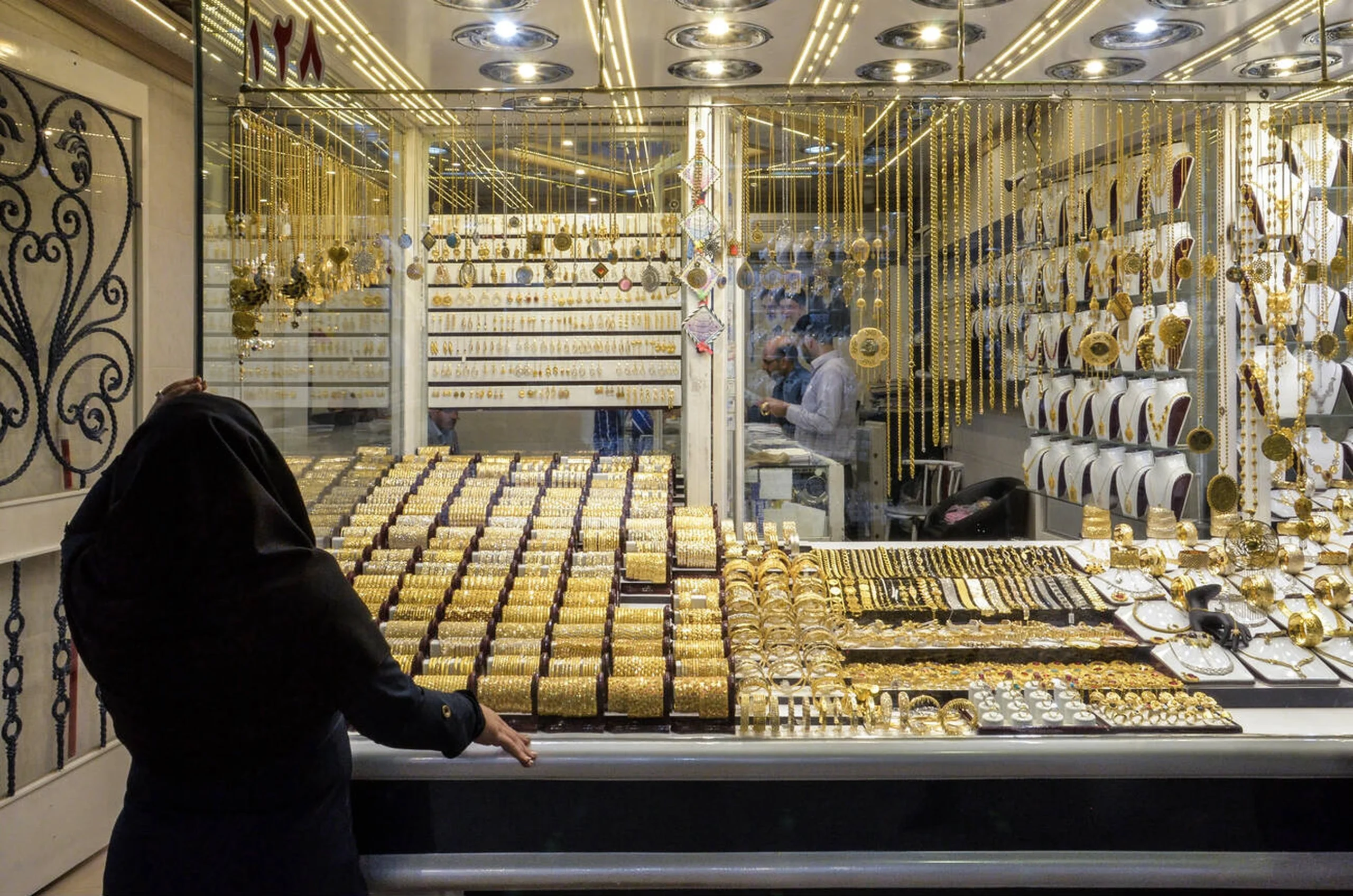
When to Visit
The best time to visit is Monday through Thursday, from 8:00 AM to 9:30 PM. Fridays and national holidays have reduced activity, typically from 10:00 AM to 7:00 PM. For the fullest experience, visit mid-morning when the market is bustling but not too crowded.
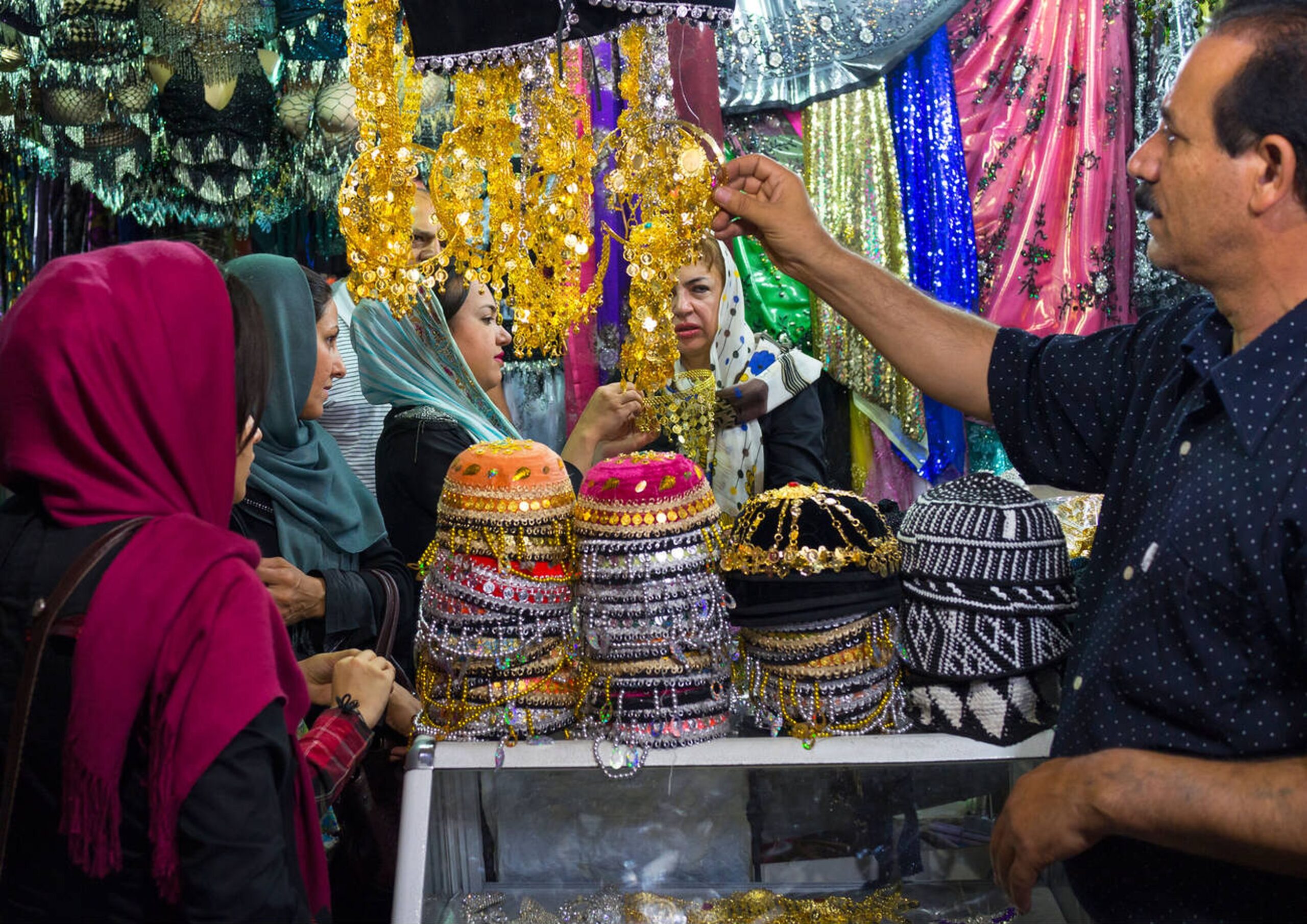
How to Get There
The Bazaar of Kermanshah is located in the historic Feyzabad district, along Nowabi Street. One convenient access point is via Modarres Street, near Enqelab Square. Use taxis or local buses for easy transit—parking in the area is limited.
Location
Attractions Nearby
The Bazaar of Kermanshah sits in proximity to several must-see landmarks, including:
- Tekyeh Biglar Beygi: Famous for its mirror-work and Qajar artistry
- Tekyeh Moaven al-Molk: Notable for tilework featuring historical and religious motifs
- Jameh Mosque of Kermanshah: A hub of local worship and architectural elegance
- Jameh Shafei Mosque: A vibrant Sunni mosque built in Ottoman style
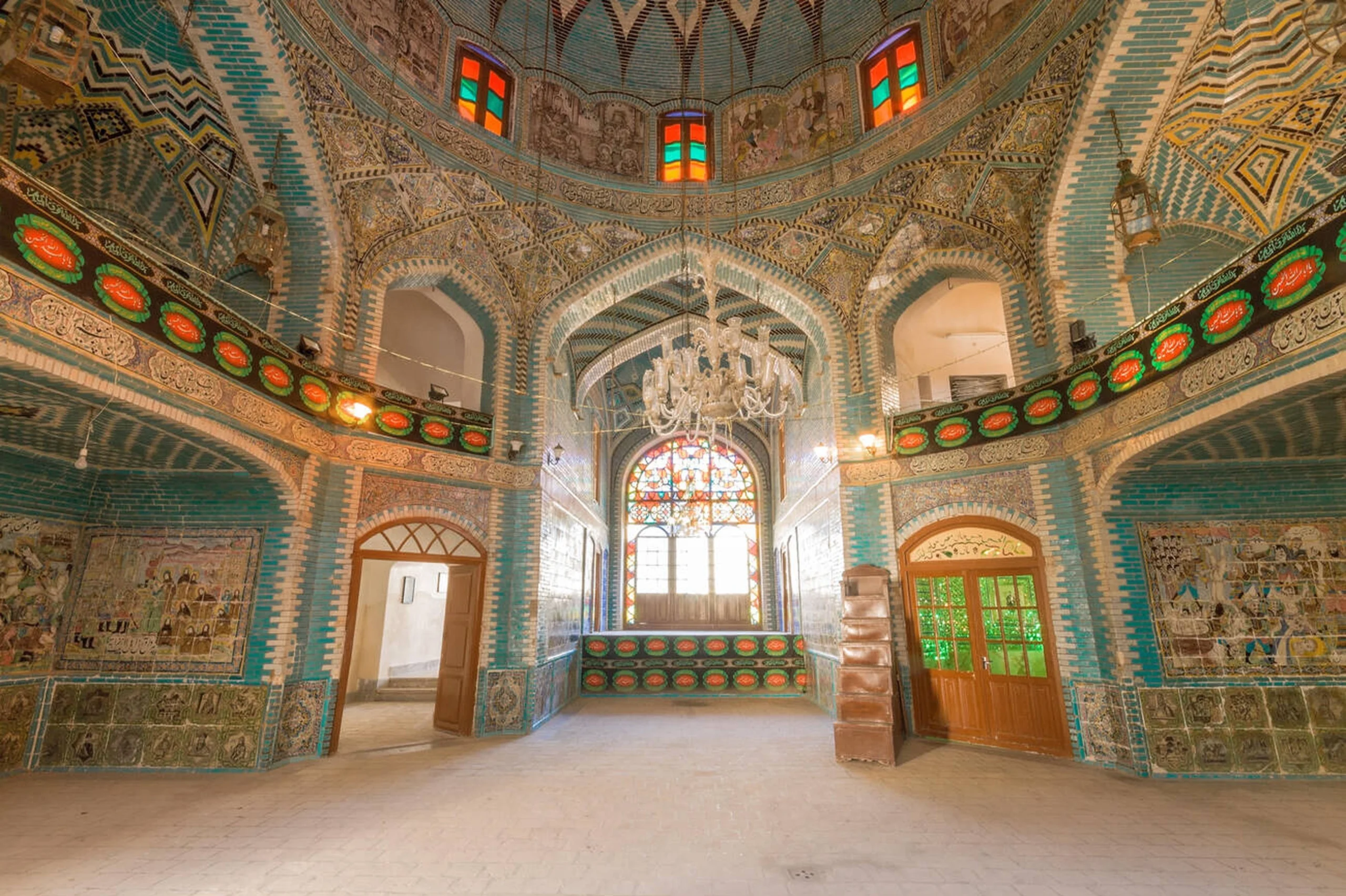
Tips for First-Time Visitors
- Dress modestly and comfortably for walking through tight alleys.
- Ask permission before taking photos, especially of people.
- Carry cash (in Iranian rials) as many stalls don’t accept cards.
- Bargain politely—haggling is expected, and vendors often enjoy the exchange.
- Check opening hours in advance, especially during religious holidays.
Looking to buy Kermanshahi souvenirs? Don’t miss the local sweets (kak, nan-e shokri, nan-e kermanshahi), handmade wooden art, colorful Kurdish scarves, and ornate copper utensils.
Final Thoughts
A visit to the Bazaar of Kermanshah is far more than a shopping trip—it’s an immersion into Iran’s cultural fabric. With its rich blend of architectural heritage, vibrant social life, and artisan traditions, this bazaar stands as a testament to the city’s historical significance and its people’s creativity.
For anyone exploring western Iran, the Bazaar of Kermanshah is an essential stop. Let the scent of spices, the sound of hammering copper, and the warmth of local hospitality guide your journey through this unforgettable corner of Iranian culture.
Start planning your Kermanshah adventure with OrientTrips—your trusted partner for guided tours, accommodations, and local experiences across Iran.
